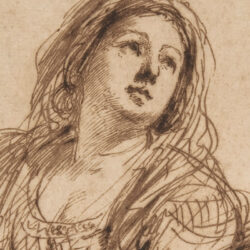Following on from our previous article 101 Art History Facts we have 40 more art history facts, anecdotes and insights for you to explore.

1. According to Vasari, Michelangelo strongly disliked Raphael and Leonardo Da Vinci. Leonardo and Michelangelo were bitter rivals in the Florentine art market. Raphael was a new contender winning many of the best commissions, much to the dismay of more established artists.
2. Charles II was once presented a portrait by John Riley that made him exclaim “Is this like me? Oddsfish, then I’m an ugly fellow!”
3. Modern pencils originate in Cumbria, where a massive deposit of graphite was discovered at Grey Knotts fell in the 16th century.
4. Claude Glass is a dark tinted mirror, named after Claude Lorrain due to the low light reflection it provides – reminiscent of the artist’s mellow and atmospheric landscapes.
5. Peaches can symbolise many themes in art. In China they represent longevity, in Japan they represent truth, in Europe they may represent purity or Christian redemption.
 Above: detail from Still Life with Peaches and Grapes by Auguste Renoir, 1881
Above: detail from Still Life with Peaches and Grapes by Auguste Renoir, 1881
6. A circular artwork may be technically referred to as a tondo.
7. Japanese ukiyo-e artist Hiroshige retired and became a Buddhist monk in 1856. He died two years later during a cholera epidemic. Upon realising his end was near, he left a poem: “I leave my brush in the East, And set forth on my journey. I shall see the famous places in the Western Land.”
8. The lions at the base of Nelson’s Column in Trafalgar Square were designed by Edwin Landseer and cast in the studio of Carlo Marochetti. Following Landseer’s death in 1873, the lions were adorned with wreaths in his memory.
9. The Bayeux Tapestry is approximately 70 metres (224 feet) long and is technically an embroidery rather than a tapestry.
10. In 1897, Aubrey Beardsley converted to Catholicism and compelled his publisher to destroy any of his ‘obscene’ artworks. This was ignored and his risque prints continued to be sold after the artist’s death.
 Above: detail from a woodblock print by Hiroshige
Above: detail from a woodblock print by Hiroshige
11. Otto Röhm is the inventor of acrylic resin, used to create acrylic paint. This new medium was utilised by artists from the 1940s onwards.
12. Susannah Horenbout was the first known female artist in England, composing miniatures whilst working as a gentlewoman attendant to many of Henry VIII’s wives and Mary I.
13. André-Charles Boulle was a cabinet maker who served the court of Louis XIV of France. He was always in debt due to constantly acquiring an extensive Old Masters collection including 48 drawings by Raphael, a journal by Rubens and wax models by Michelangelo. Unfortunately, this was lost when his apartment burnt down in 1720.
14. The career of Parmigianino was disrupted by the Sack of Rome in 1527 and later the study of alchemy. By the end of his career, he was so distracted by scientific experiments that he was imprisoned for failing to finish a commission on a church.
15. Concept artist Mary Blair is credited with introducing a modernist art style to Walt Disney and his studio.
 Above: detail from an oil sketch by Henry Fuseli, late 18th century
Above: detail from an oil sketch by Henry Fuseli, late 18th century
16. Francis Cotes was one of the first artists to join the Royal Academy. His career was cut short when he was poisoned by a toxic ‘medicine’ that he believed would cure his gallstones.
17. In 2010, Takashi Murakami was the first Japanese artist to exhibit at the Palace of Versailles, filling 15 rooms and the landscape gardens with sculptures, paintings, textiles and lamps.
18. At the time of his death, over 1,403 artworks could be attributed to Rubens – not including the copies made by his studio.
19. Henry Fuseli never composed a landscape, when asked about this he exclaimed “Damn Nature! she always puts me out!”
20. Sepia ink is created from cuttlefish.
 Above: detail from a painting by Anthony Van Dyck
Above: detail from a painting by Anthony Van Dyck
21. Still-Life with Partridge and Gauntlets (1504) by Jacopo de Barbari is cited as being the first still life and trompe-l’œil painting in Europe since classical antiquity.
22. Ancient sculpture Laocoön and His Sons was discovered in 1506 and quickly became a strong influence for artists of the Italian Renaissance. The dramatic group depicts the priest Laocoön being attacked by serpents sent by the gods as punishment, originally described in a lost play by Sophocles.
23. The tomb of Anthony van Dyck was a royal commission; the acclaimed artist was buried at St Paul’s Cathedral. However, the grand memorial would be destroyed two decades later in the Great Fire of London.
24. In 2011, The Saint John’s Bible was the first completely handwritten and illuminated Bible to be commissioned since the invention of the printing press. It was completed on vellum with quills and contains 160 illuminations across seven volumes.
25. Figura Serpentinata is the term used when an artist meanders and contorts the figures in their painting or sculpture to create a sense of movement or physical power.
 Above: detail from a portrait by Hans Holbein the Younger
Above: detail from a portrait by Hans Holbein the Younger
26. Richard Gibson was a celebrated ‘court dwarf’ who composed miniatures for Charles I, William and Mary. Gibson had nine children, many becoming artists themselves – including Susan Penelope Rosse.
27. It has been speculated that Van Eyck’s Arnolfini Portrait (1434) is a memorial rather than a celebration of marriage with the wife having recently died in childbirth, presented in life alongside her mourning husband.
28. The Feast of the Gods (1514) includes the work of three famous renaissance masters, primarily Giovanni Bellini with later additions by Dosso Dossi and Titian.
29. Hans Holbein The Younger is rumoured to have died of the plague aged 45. This may be why he is buried in an unmarked grave.
30. Angelica Kauffman was a child prodigy, mastering several languages, music and art. Her career choices were between opera and painting, she chose the latter after a priest told her to avoid the ‘seedy people’ of the opera houses.
 Above: detail from a painting by Angelica Kauffman
Above: detail from a painting by Angelica Kauffman
31. German artist Gerlach Flicke was imprisoned in 1554 following Mary I’s persecution of Protestants, where he became friends with an infamous pirate called Henry Strangwish. Flicke completed a double miniature of them both. This unusual artwork is the earliest self portrait recorded in England.
32. Bernini once sculpted the bust of a married woman called Costanza, who he was madly in love with. She later had an affair with his brother and as an evil act of revenge he sent a thug to slash open her beautiful face.
33. Camille Pissarro was the only artist to have shown his work at all eight of the Impressionist exhibitions in Paris from 1874 to 1886.
34. 18th century miniaturist Richard Cosway was known for being a foppish libertine, contemporary accounts describe him as “…seen in all the public places clothed in a mulberry silk coat embroidered with scarlet strawberries, with a sword and bag and small three-cornered hat perched on the top of his powdered toupée.”
35. Printmaker Wenceslaus Hollar joined the Royalists in the English Civil War and was caught up in the siege of Basing House. Whilst trapped, he continued to create engravings.
 Above: detail from a print by Albrecht Dürer
Above: detail from a print by Albrecht Dürer
36. After visiting Venice in 1506, Albrecht Dürer described Giovanni Bellini as ‘still the best painter in the city.’ He admired Bellini for being generous towards all visiting artists.
37. During the 1940s, Francis Bacon lived on the ground floor of 7 Cromwell Place in South Kensington – the location was previously John Everett Millais’ studio.
38. Following the great fire of London in 1666, John Michael Wright was commissioned by the City of London to paint 22 full portraits of the men tasked with assessing the cause of the disaster, known as the ‘fire judges’.
39. Emblem books were popular in Europe during the 16th and 17th centuries. They featured pages of allegorical illustrations with accompanying texts.
40. Berthe Morisot’s mother was the great-niece of rococo artist Jean-Honoré Fragonard.
 Above: detail from a portrait by Fragonard
Above: detail from a portrait by Fragonard
How can we help?
If you have been inspired by our 40 more art history facts and have any questions about art restoration, please do not hesitate to get in touch. As part of our service we offer a nationwide collection and delivery service. E-mail us via [email protected] or call 0207 112 7576 for more information.

 Above: detail from Still Life with Peaches and Grapes by Auguste Renoir, 1881
Above: detail from Still Life with Peaches and Grapes by Auguste Renoir, 1881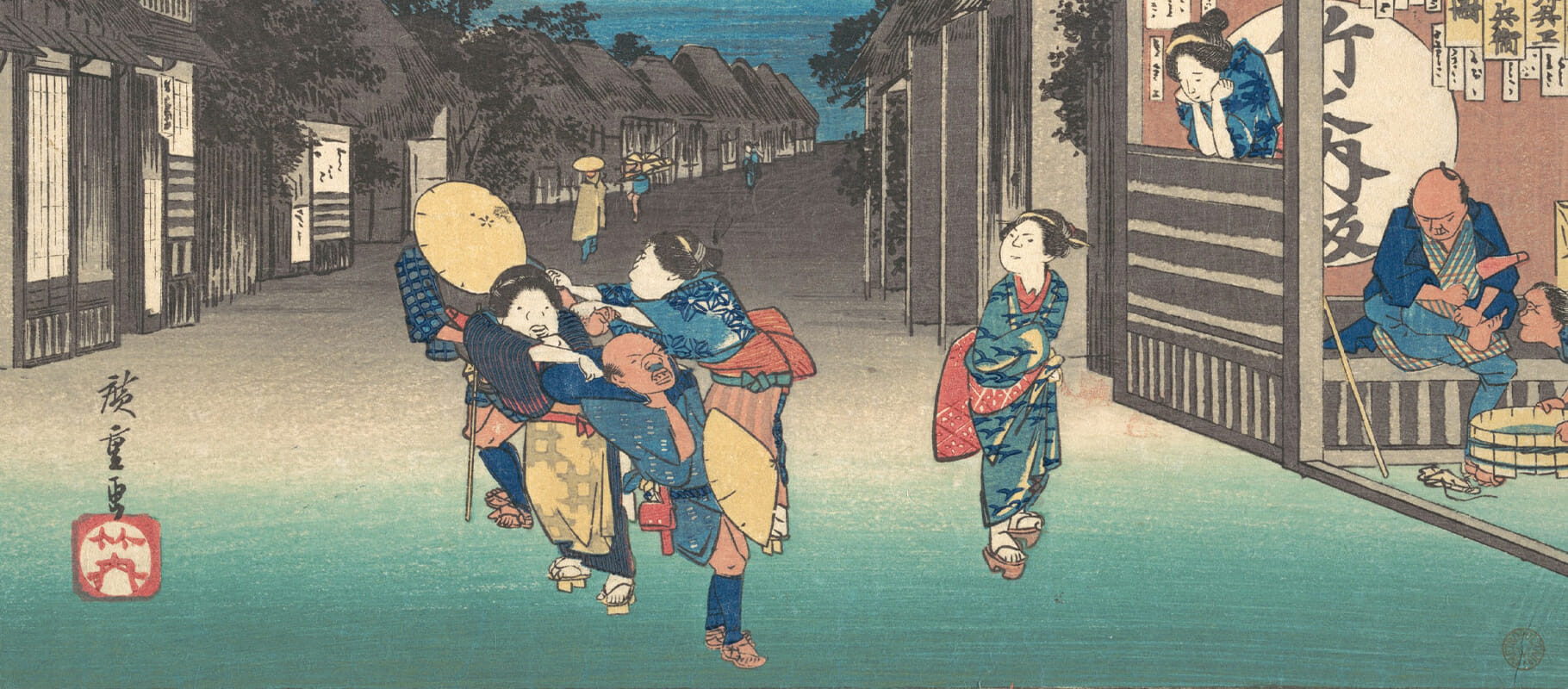 Above: detail from a woodblock print by Hiroshige
Above: detail from a woodblock print by Hiroshige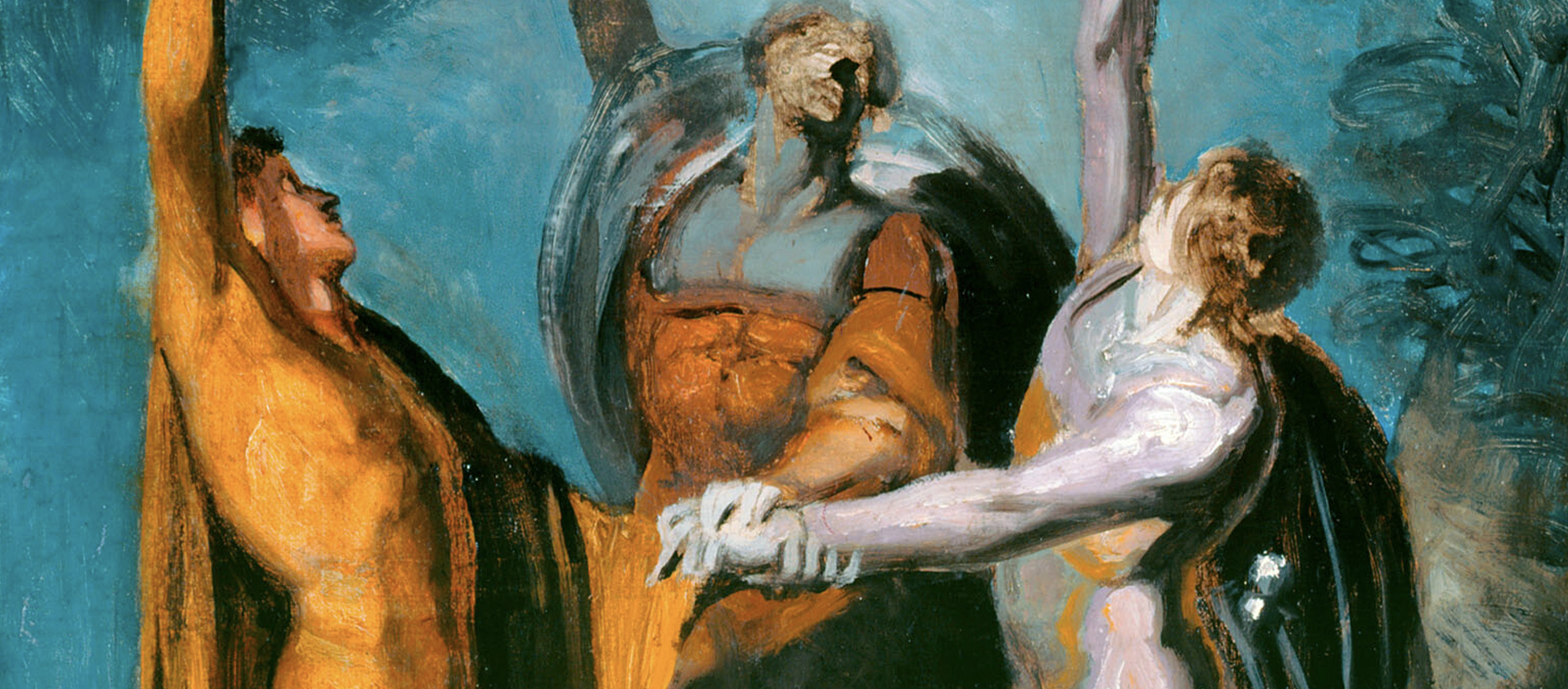 Above: detail from an oil sketch by Henry Fuseli, late 18th century
Above: detail from an oil sketch by Henry Fuseli, late 18th century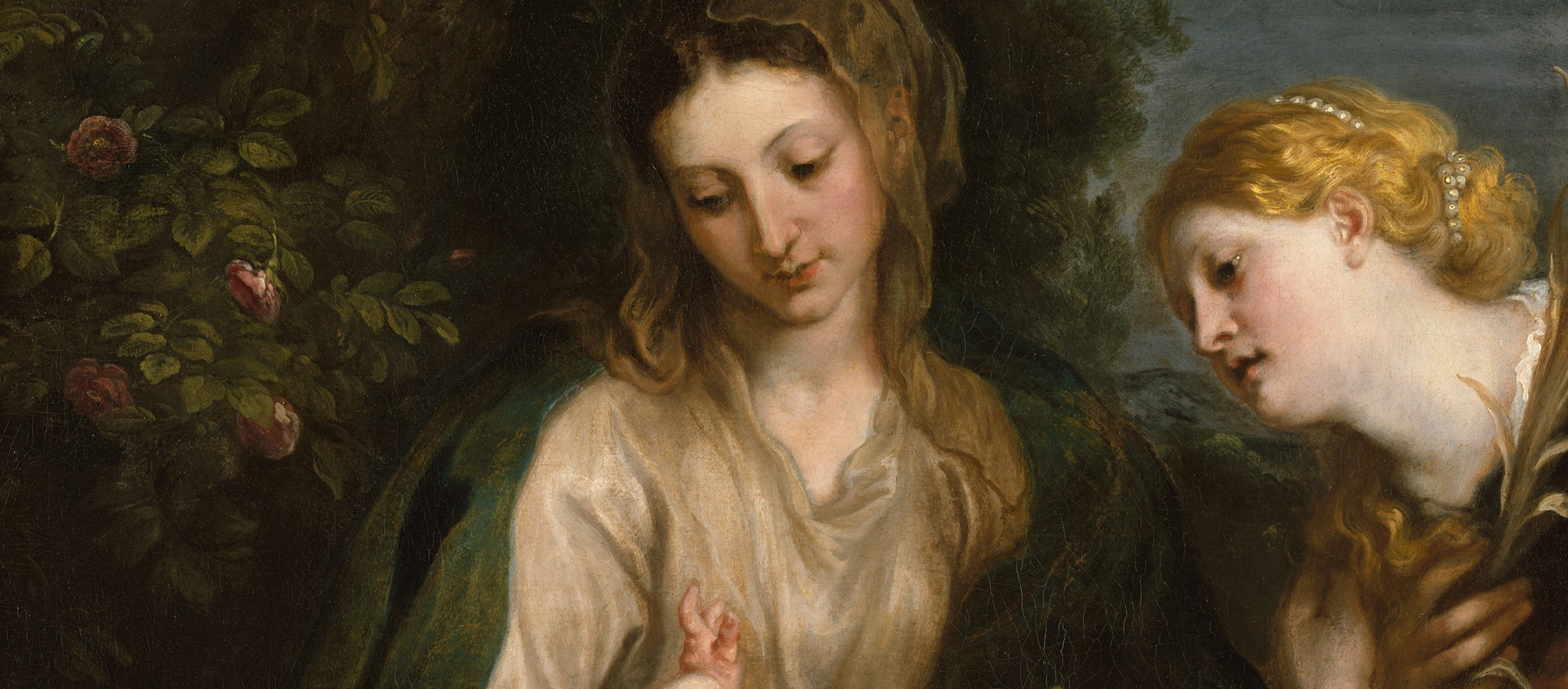 Above: detail from a painting by Anthony Van Dyck
Above: detail from a painting by Anthony Van Dyck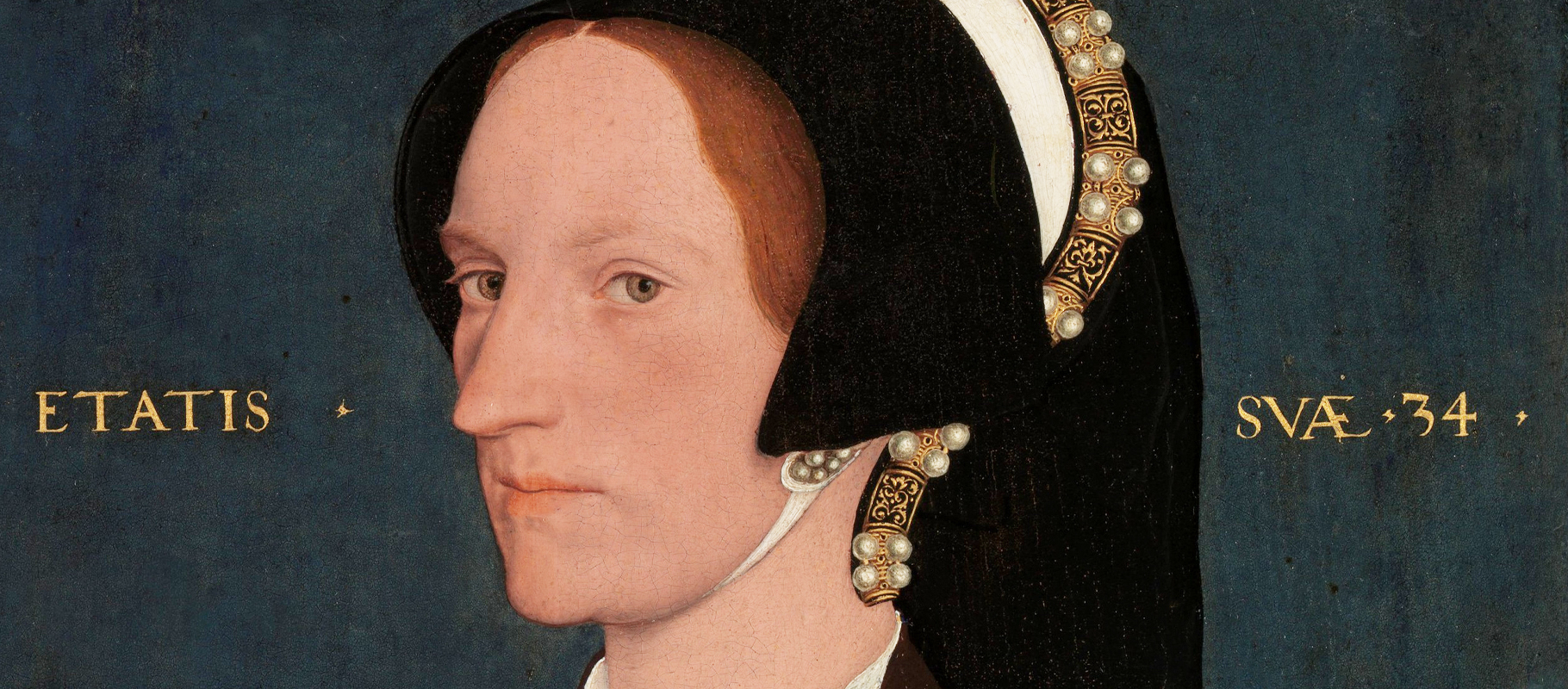 Above: detail from a portrait by Hans Holbein the Younger
Above: detail from a portrait by Hans Holbein the Younger Above: detail from a painting by Angelica Kauffman
Above: detail from a painting by Angelica Kauffman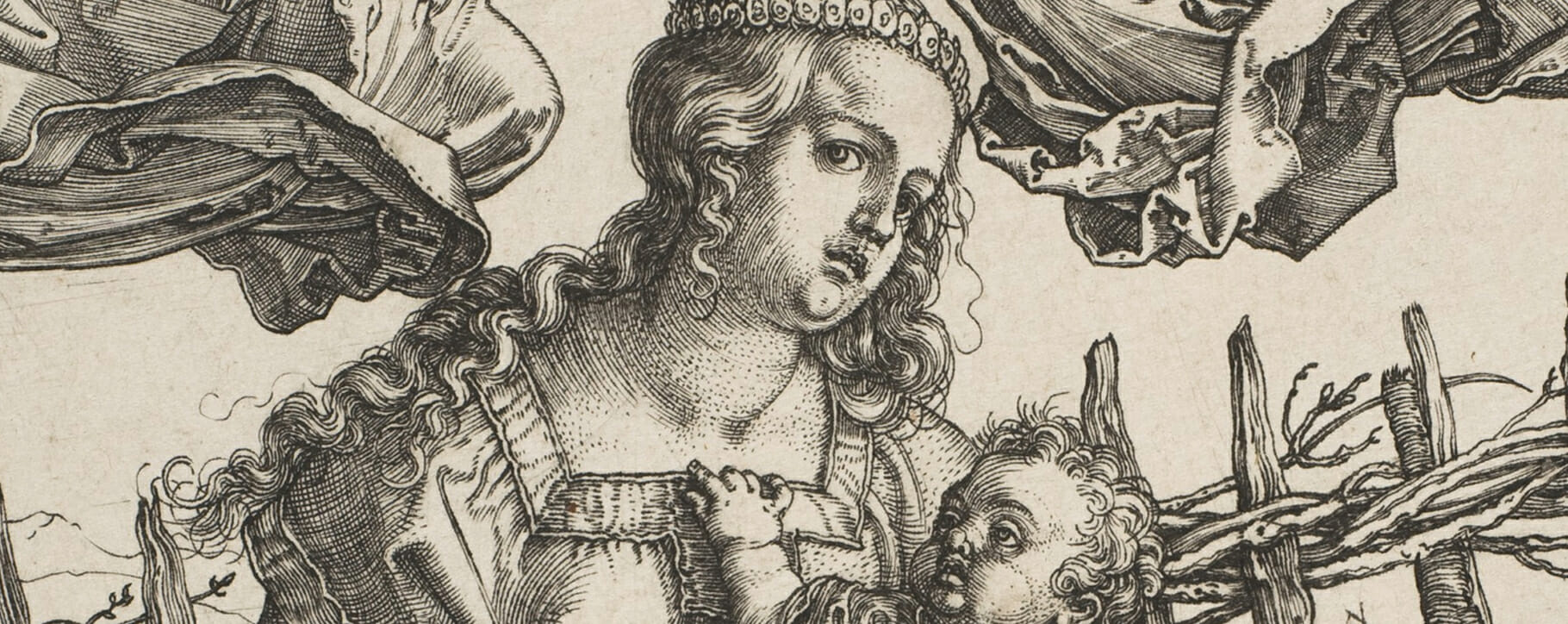 Above: detail from a print by Albrecht Dürer
Above: detail from a print by Albrecht Dürer Above: detail from a portrait by Fragonard
Above: detail from a portrait by Fragonard 




